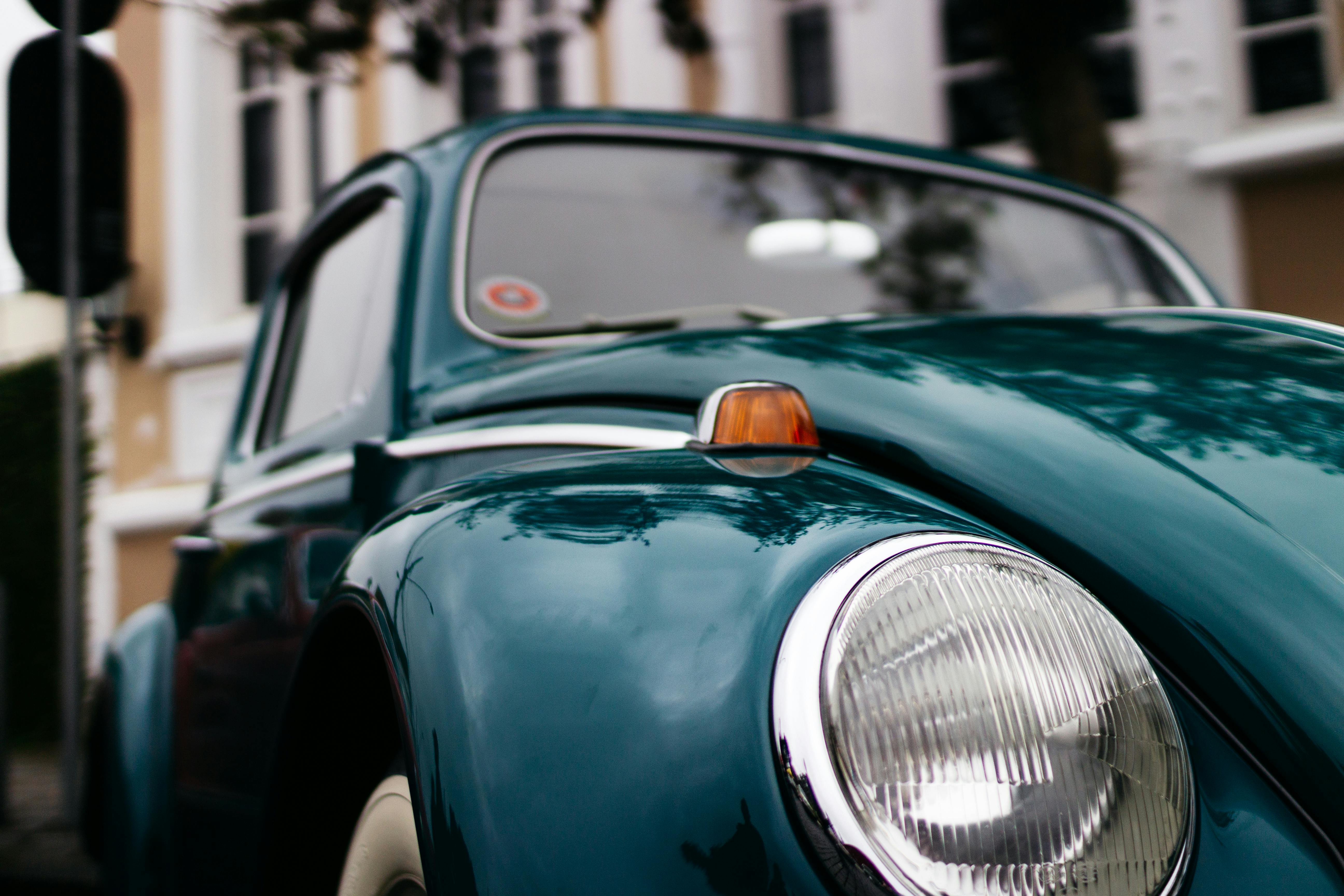A Brief History of AJS Motorcycles
AJ Stevenson & Co. Ltd. manufactured automobiles and motorcycles, under the AJS name, between 1909 and 1931. With 117 motorcycle world records in just a few years, AJS was undoubtedly one of the leading sports brands. Later in its life, the company was bought by Matchless, then Associated Motorcycles, and then the Norton-Villiers group. And AJS is now one of the few surviving names from this era.
In 1897, Joe Stevens built his own internal combustion engine, although his engines went into production only after 1900. He built a motorcycle based on JAP V-twin engines in 1905, at the Stevens Screw Company founded by his father, where all members of the family were employed.
In 1909, AJ Stevens & Co was founded to make motorcycles. In 1911, the first model, a 292cc side valve twin speed, was launched and AJS entered the Isle of Man TT races, in which AJ Stevens placed fifteenth in the Junior TT.
The company, Albert John Stevens, was actually a family business in 1926, with Harry Stevens as engineer, Joe Stevens junior as production engineer, Albert John Stevens in charge of design, and George Stevens as head of sales.
AJS has always been closely associated with the Isle of Man TT. By 1914, the company had developed a 350cc motorcycle, with a chain final drive and a four-speed gearbox. He rode in the 1914 Isle of Man TT race and won first, second, third and fourth place in the Junior TT. In 1920, the primary chain drive and internal expansion brakes were introduced. Once again AJS won the Junior in the 1920s (ridden by Cyril Williams), 1921 (AJS took the first four places at the Isle of Man TT, with Howard R Davies winning the Senior in 350cc AJS) and 1922 ( the Junior was won by Manxman Tom Sheard and G Grinton came in second). In 1929, Wal Handley took second place in the Junior TT, while Jimmy Guthrie won the Lightweight TT in 1930, in an AJS.
In 1916, the Ministry of Munitions prohibited the production of non-military motorcycles. Russia placed an order for military vehicles with the Ministry in 1917, with a part given as contract to AJS, keeping it busy until the Ministry’s restrictions were lifted in early 1919.
AJS launched two overhead cam chain-driven racing models, namely the 498cc K10 and 349cc K7, in 1928. Again in 1929, the 498cc M10 and 349cc M7 were launched. DC. A 496cc transverse V-twin with shaft primary drive was released in 1931.
However, by the end of 1931, the company was in financial trouble as it had taken out loans to develop its business in manufacturing cars, buses and coaches. Its motorcycle assets were bought by Matchless, run by the Collier brothers, London. In 1938, Associated Motorcycles took over AJS, sharing models with different badges. Colliers used AJS’s racing heritage in innovative racing machinery, thus keeping the AJS name alive.
Finally, in 1966, Associated Motorcycles, along with the AJS name, were acquired by Norton-Villiers. The AJS name was used on an off-road machine, the AJS Stormer, based on a two-stroke engine. To this day, AJS stocks a range of 125cc four-stroke motorcycles in both off-road and road versions, as well as cruisers with 250cc, 125cc and 50cc parallel twin engines.
